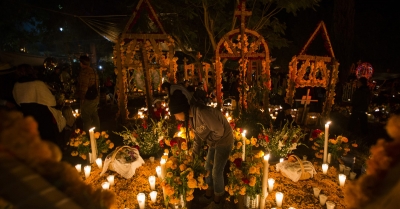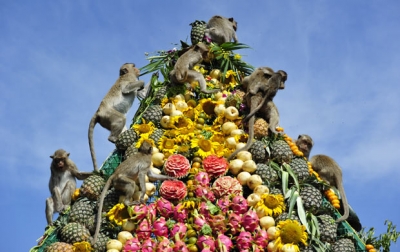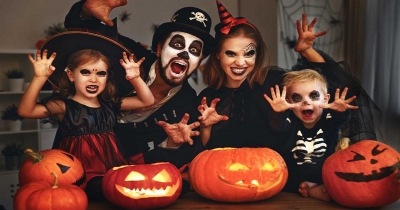In what country do people celebrate the Day of the Dead?

Dia de los Muertos—the Day of the Dead—is a holiday celebrated on November 1. Although marked throughout Latin America, Dia de los Muertos is most strongly associated with Mexico, where the tradition originated.
Dia de los Muertos honors the dead with festivals and lively celebrations, a typically Latin American custom that combines indigenous Aztec ritual with Catholicism, brought to the region by Spanish conquistadores. (Dia de los Muertos is celebrated on All Saints Day and All Souls Day, minor holidays in the Catholic calendar.)
Assured that the dead would be insulted by mourning or sadness, Dia de los Muertos celebrates the lives of the deceased with food, drink, parties, and activities the dead enjoyed in life. Dia de los Muertos recognizes death as a natural part of the human experience, a continuum with birth, childhood, and growing up to become a contributing member of the community. On Dia de los Muertos, the dead are also a part of the community, awakened from their eternal sleep to share celebrations with their loved ones.
The most familiar symbol of Dia de los Muertos may be the calacas and calaveras (skeletons and skulls), which appear everywhere during the holiday: in candied sweets, as parade masks, as dolls. Calacas and calaveras are almost always portrayed as enjoying life, often in fancy clothes and entertaining situations.
Credit : National Geographic Society
Picture Credit : Google



